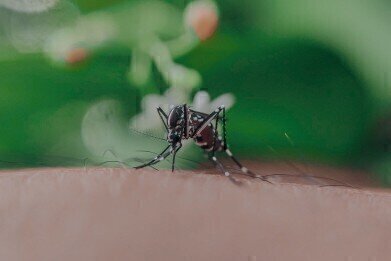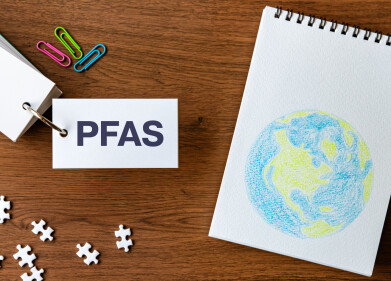HPLC, UHPLC
Why Do Mosquitoes Bite Some People and Not Others?
Jun 29 2021
We’re all familiar with mosquitoes and the malaria they spread. But the tiny flies are also responsible for several other diseases, such as Zika, dengue, and chikungunya. Those infections are transmitted through their saliva as they bite the host, with Culicidae bites causing itchy rashes and disease. However, malaria is only spread by females of the species. Read on as we look at the process behind mosquitoes biting.
How do mosquitoes find their meals?
Mosquitoes lay their eggs on standing water, leaving the larvae to feed off aquatic plants and other organic material. All female mosquitoes require blood for their eggs to develop, but first, the mosquito must find a suitable host to feed on. Mosquitoes have a set of behavioural patterns through which they locate and feed from a host.
In the first instance, mosquitoes have to be equipped to navigate through the surrounding environment. This involves the use of carbon dioxide, visual cues, and heat or moisture cues from the host, once the mosquito is close enough. The odour of the host’s skin influences where the mosquito will land and bite. The chemicals mosquitoes rely on to navigate towards their host are called semiochemicals.
Why do mosquitoes bite some people and not others?
Mosquitoes probably bite some people over others because of differing semiochemicals on individuals’ skin. However, semiochemicals on human skin pose a challenge for chemical analytics, as there are over 500 different skin compounds and even more that we have yet to identify.
Nevertheless, advanced chemical analysis techniques now exist, and scientists are using these to identify mosquito semiochemicals and possible semiochemical blends. Scientists believe that certain semiochemical blends work together to both attract and repel mosquitoes.
The study, by Madelien Wooding, Egmont R. Rohwer & Yvette Naudé and published in Analytical and Bioanalytical Chemistry, used a silicone rubber bracelet to collect skin samples from volunteers. The samples were then compared as to how attractive they were to mosquitoes. Researchers also used the volunteers to determine their attractiveness to mosquitoes and which areas of their skin they liked to bite most.
Digging deeper into mosquito preferences
According to the study, mosquitoes prefer volatile or semi-volatile compounds, and these are the same compounds they use to locate their hosts in the first place. Sixty-nine semiochemicals were identified as being responsible for surface skin chemical changes. Thirty-one of these chemicals have not been found on human skin before.
The study also investigated the final stage in mosquito behaviour patterns – biting. Researchers utilised ultra-performance liquid chromatography with ion mobility high-resolution mass spectrometry, which highlighted 20 chemical compounds responsible for the mosquito’s final bite. For more on this method, see ‘The Evolution of Data Independent Analysis: Complex Sample Analysis Using UPLC Ion Mobility Mass Spectrometry’.
So, next time you’re wondering why mosquitoes are biting you rather than your friends, it’s all down to your semiochemicals.
Events
Mar 18 2025 Beijing, China
Mar 25 2025 Paris, France
Mar 31 2025 Beijing, China
Apr 02 2025 Saigon, Vietnam
Apr 22 2025 Kintex, South Korea















